The Tolman Peugeot 205 GTI Is A Glorious Ode To The 1980s
One of the purest hot-hatches you can find, made better than when it left the factory.
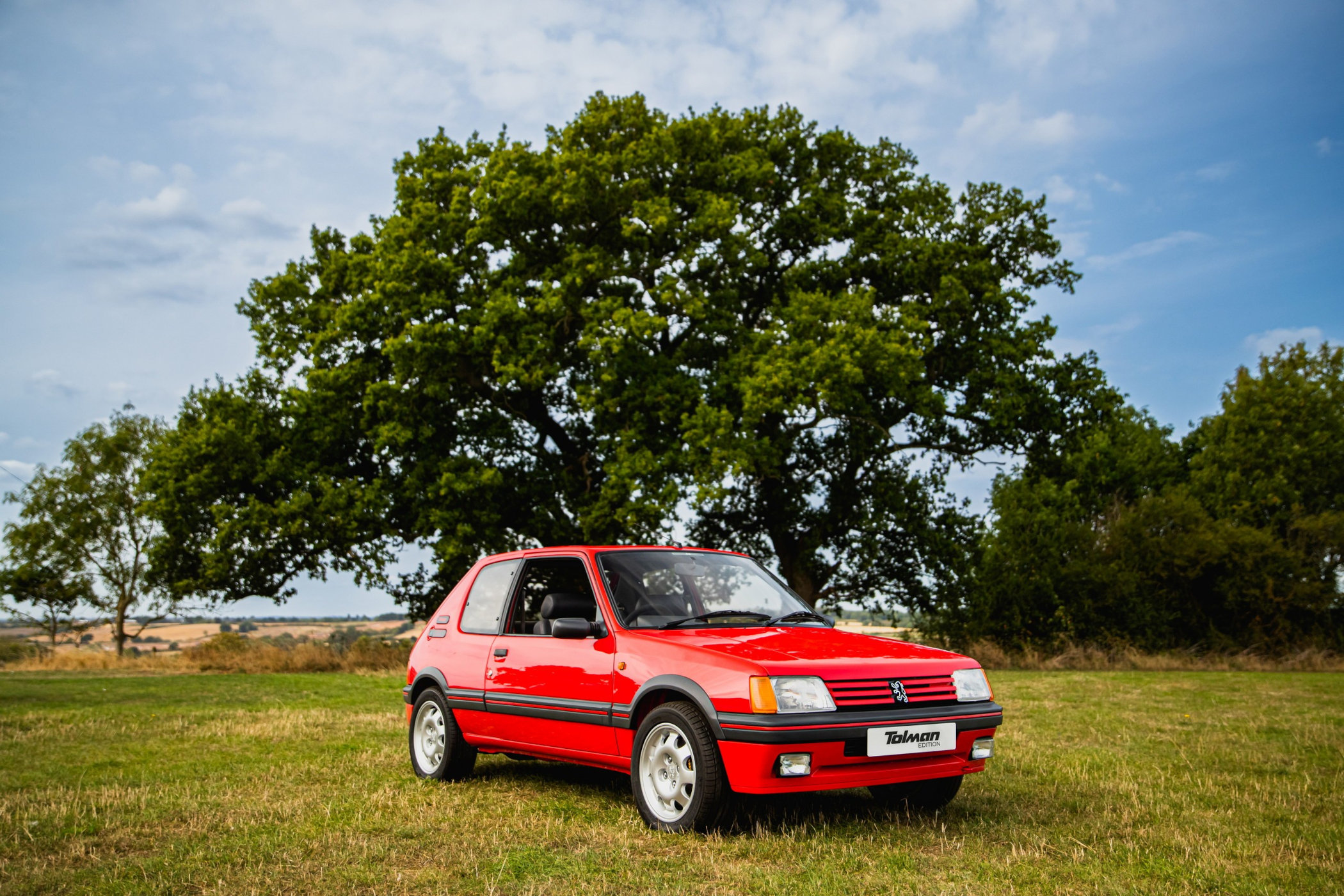
The 1980s are not exactly known as a decade of refinement. After all, it’s the period where shoulder pads, spandex and leg warmers were all the rage. It was a decade with plenty of conflict and controversy the world over, but also tremendous progress. The rise of the computer and the birth of the internet are perhaps the foremost technological advancements. From a cultural perspective, it brought forth superstars like Madonna and Michael Jackson, movies like Rain Man, several Star Wars episodes and Top Gun. When looking back on the automotive side of things in the 1980s, the styling was at times rather questionable. Coming out of the oil crisis of the 1970s, design took a turn towards compact and more fuel-efficient cars on one end and sharp-edged futuristic cars on the other. Two prime examples are the DMC Delorean made famous in the Back To The Future Franchise, and the Peugeot 205 GTI, an icon in Group B rallying. And that latter is today’s topic of choice, more specifically the better-than-ever Tolman Peugeot 205 GTI Restomod!
Being an eighties kid myself (born in 1984) I literally grew up around cars like the Peugeot 205 GTI. Small, sensible, practical and seemingly a lot of fun to drive, it is considered one of the greatest hatchbacks ever made. It was introduced in 1983 and was in production all the way into the late 1990s and Peugeot sold well over 5 million of them across all possible configurations. There were 3- and 5-door hatchbacks, convertibles, panel versions and even worker vans. Engines ranged from 954cc to 1905cc of capacity in petrol, or from 1769cc to 1905cc in diesel. The transmission was a 4 or 5-speed manual, or a 4-speed automatic.
Especially in its GTI configuration, with a potent 1.6 or 1.9-litre 4-cylinder engine producing either 104 horsepower or 126 horsepower, the car was loads of fun to mess around with! Now, 126 horsepower might not sound like much compared to the monstrous power levels we see in today’s sports- and supercars but combined with the low weight of below 900 kilos and you got the right little pocket rocket on your hands! It would also be the platform to launch the 205 into stardom, with the Peugeot 205 Turbo 16 homologation road car, Group B rally car and Dakar rally car. So yes, Peugeot made serious efforts in the racing career of the 205, and it paid off big time!
Off-road madness
We’ve talked about the madness of Group B rallying (1982-1986) plenty of times before but it’s just such a bonkers period of off-road racing we simply can’t get enough of it! Group B was essentially the pinnacle of the World Rally Championship in terms of speed, power and technology. Through a very loose set of rules power quickly grew to monstrous amounts, with some cars running as much as 600 horsepower. It was also the era in which all-wheel drive would become standard as it outperformed conventional two-wheel drive in every conceivable way. The era is known for cars like the Audi Quattro S1, Ford RS200, Lancia Delta S4 and of course; the Peugeot 205 Turbo 16 (and E2, the Evo version).

The first year of Group B rallying was won by Opel and the Ascona 400 in the hands of rally-legend Walter Röhrl. Audi dominated the next two years, winning the driver’s title in 1983 and both the driver’s title and constructor’s title the year after. By April 1984 Peugeot had homologated its 205 Turbo 16 by building a series of 200 road cars, as the regulations required. The car was turned from a three-door hatchback to a two-door one, with a clamshell front and rear body section. The engine was a 1.8 litre turbocharged inline-4, mounted transversely in the rear while the regular 205 had the engine in the front. Thanks to massive modifications to the engine, this put out 200 horsepower in road-legal trim, and between 440 and 550 horsepower in competition trim, depending on the set-up. The weight of the 205 Turbo 16 was somewhere around 950 kilos, with the updated Evolution 2 (or E2) trimmed down to 910 kilos. The Evolution 2 also came with massive front and rear spoilers to keep it stable while going around corners and, above all, on jumps!
https://youtu.be/i13RLqNs6EY
The 205’s success in Group B rallying was shortlived due to the cancellation of the championship following several horrific accidents killing both drivers and spectators. However, the little French car was a beast and clinched the driver’s championship in 1985 (Timo Salonen) and 1986 (Juha Kankkunen). Following its WRC career, the Peugeot 205 Turbo 16 E2 was converted to a Dakar rally raid car, which it won back to back in 1987 (Ari Vatanen) and 1988 (Juha Kankkunen). It would eventually be replaced by the much bigger Peugeot 405 Turbo 16, which won the Dakar rally in 1988 and 1989, and the Pike’s Peak International Hillclimb in 1988 and 1989.
Tolman Peugeot 205 GTI
Despite the fact the Peugeot 205 GTI is hugely different from the Turbo 16 homologation special, it is still regarded as one of the greatest hot hatches of all time. It is without a doubt one of the most beloved members of the hot-hatch category, a type of car popularized by the Volkswagen Golf Mk1 GTI in the late-1970s to early-1980s. Its stature is also the reason a 205 GTI in prime condition is worth well north of EUR 20,000, even though it’s not that hard to find them. Do take into account though that there’s a 1.6-litre version, and a 1.9-litre version (the one you want!). And if you’re not content with an ordinary 205 GTI, there are companies like Tolman Engineering that can help you spend some cash and make the car better than it ever was!
Tolman Engineering is founded by Chris Tolman, who built engines for BTCC and WRC cars in the past, before starting his own firm in 2007. Following raving reviews, Tolman is now set to deliver the first 205 GTI restomod to clients, and it’s an extremely charming ode to the 1980s and the iconic 205 GTI. This little red machine looks like a bog-standard 205 from the outside, which is a very good thing, as most of the updates are to be found underneath the bodywork. You still get that very iconic shape, with the horizontal grill up-front, black and red trim all around, and that black “grill” section in the rear hatch. It still sits on Speedline wheels, just like the original. However, the entire car has been stripped down, fixed and detailed to perfection over a process that takes more than 700 manhours.
As said, underneath that shiny red exterior, it’s a whole different story though. This particular car has had several technical upgrades, including a fly-by-wire throttle system, a new ECU, power steering, a new stainless steel exhaust system, a Quaife ATB differential, bigger brakes, and a rebuilt gearbox. And some of these updates are needed, as the power has grown from the original 126 horsepower to 200 horsepower, making this a real little red rocket in the process! The interior is also brought back to factory-fresh condition and is fitted with retrimmed seats, new carpets, an Alcantara steering wheel, and a modern audio system. The new LCD gauge cluster is made to look like the original gauge cluster, which is a very nice touch. Then again, Tolman claims all updates are “non-invasive enhancements”, which honour the original car instead of trying to improve it in every single area. Only key points are tackled in making it better than ever.
And the fact this looks extremely close to a non-Tolman 205 GTI from the outside is probably the best thing about the car. It’s not a case of a total redesign of the classical look of the 205, but just a series of very subtle touch-ups here and there. It’s altogether very nicely done and it keeps the retro vibe of the 205 very much alive!
The price for all this work is also pretty decent if you compare it to some of the other restomod cars we’ve featured in the past. The Tolman Peugeot 205 GTI would set you back a minimum of GBP 55,000 (which equates to roughly EUR 63,500) but you can easily inflate that number depending on the upgrades you want. A ton of money for a 205, yes, but considering a ‘normal’ 205 GTI in good condition already demands quite a hefty sum of money and this one is pretty much factory-fresh, I’d say it would be money well spent!
For more information, please visit TolmanEngineering.co.uk
Editorial Note: The images are sourced from AutoEvolution.com

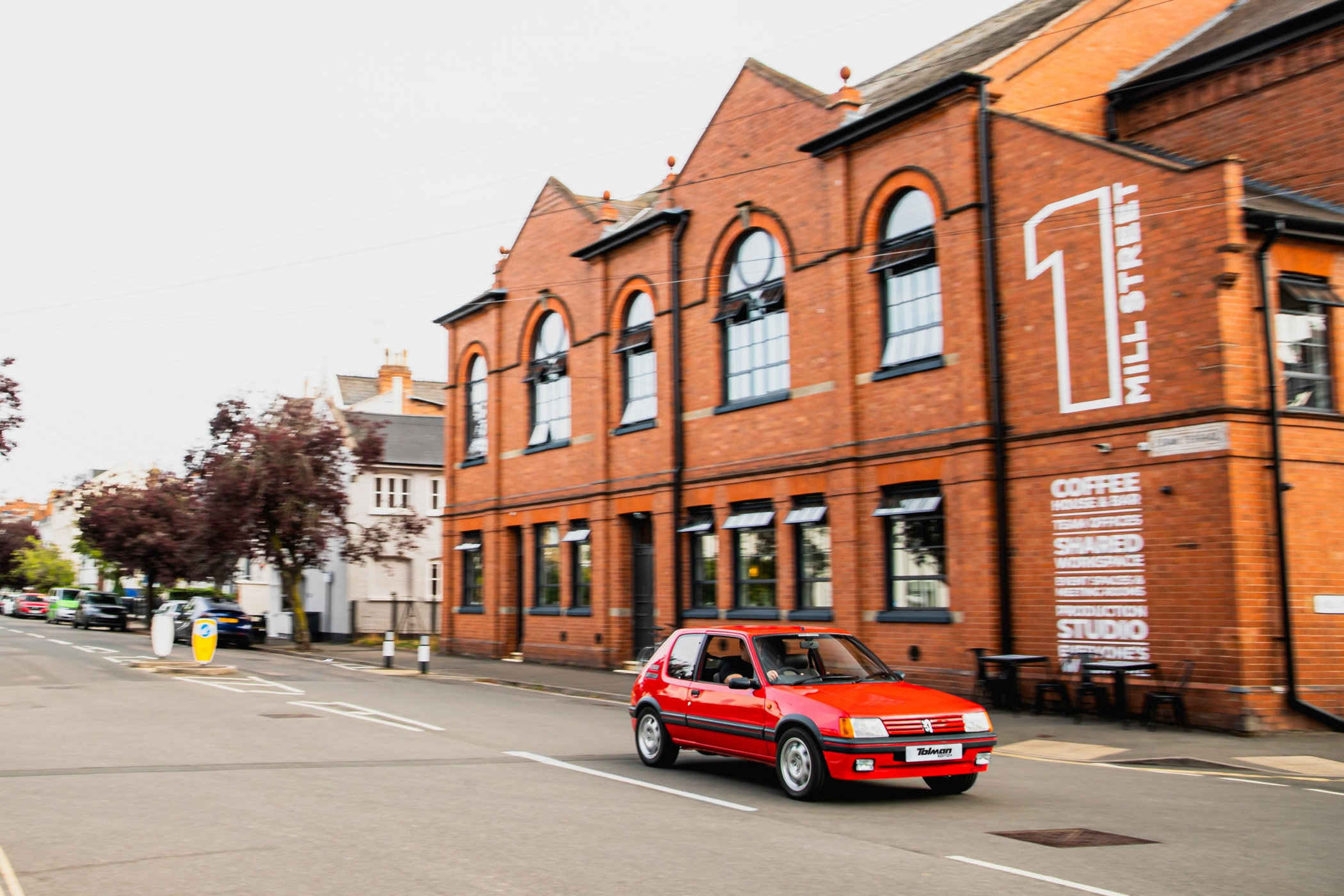
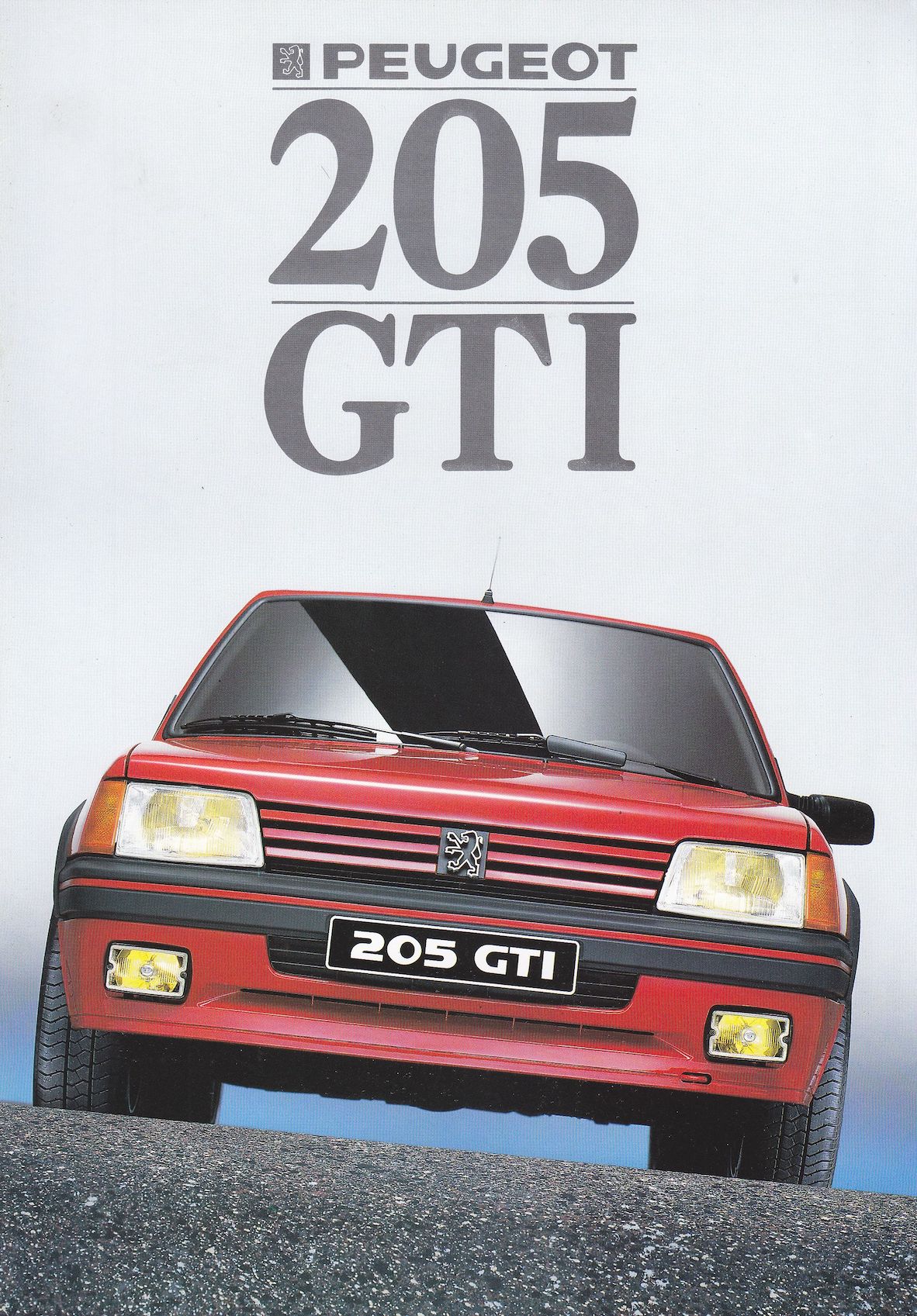


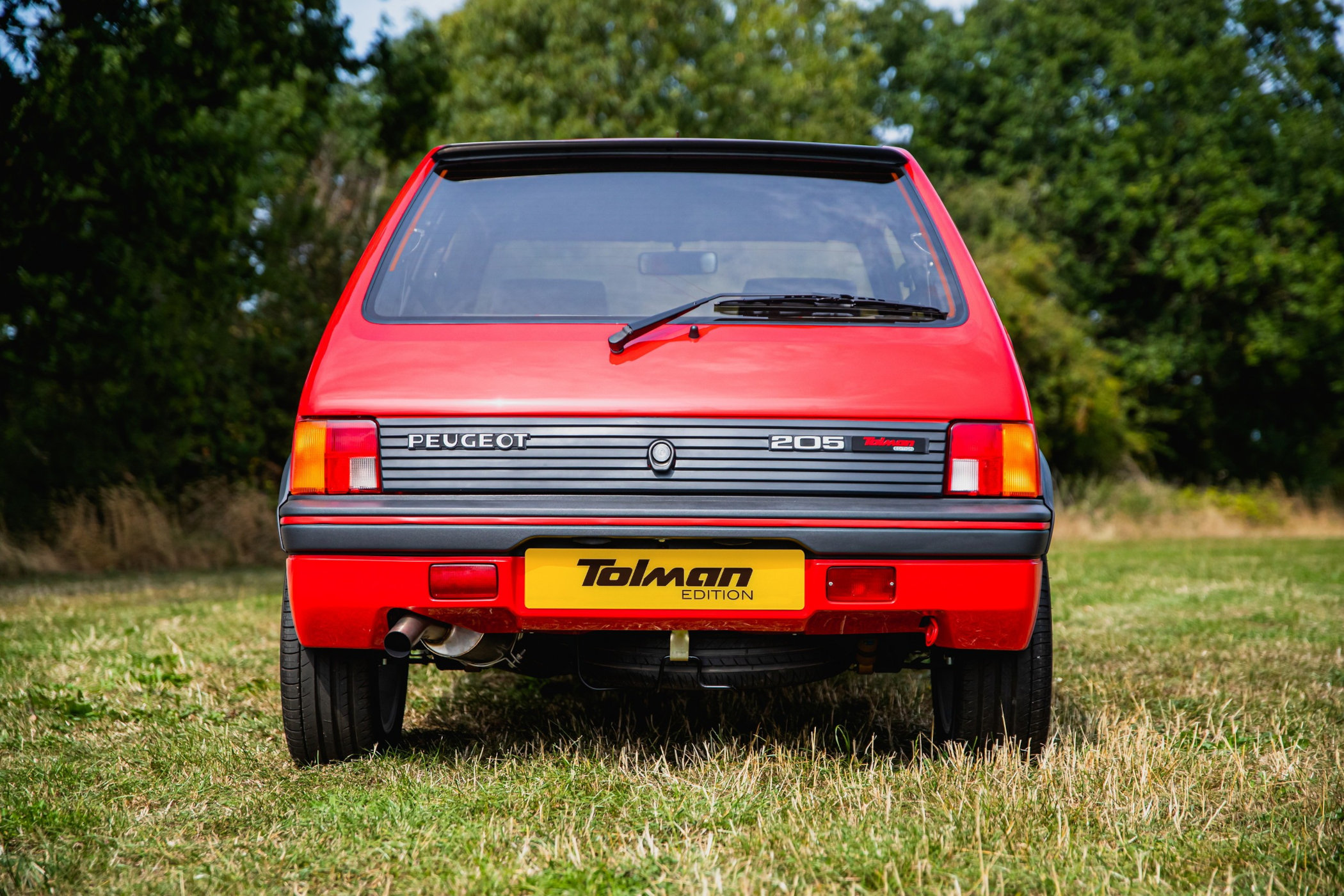
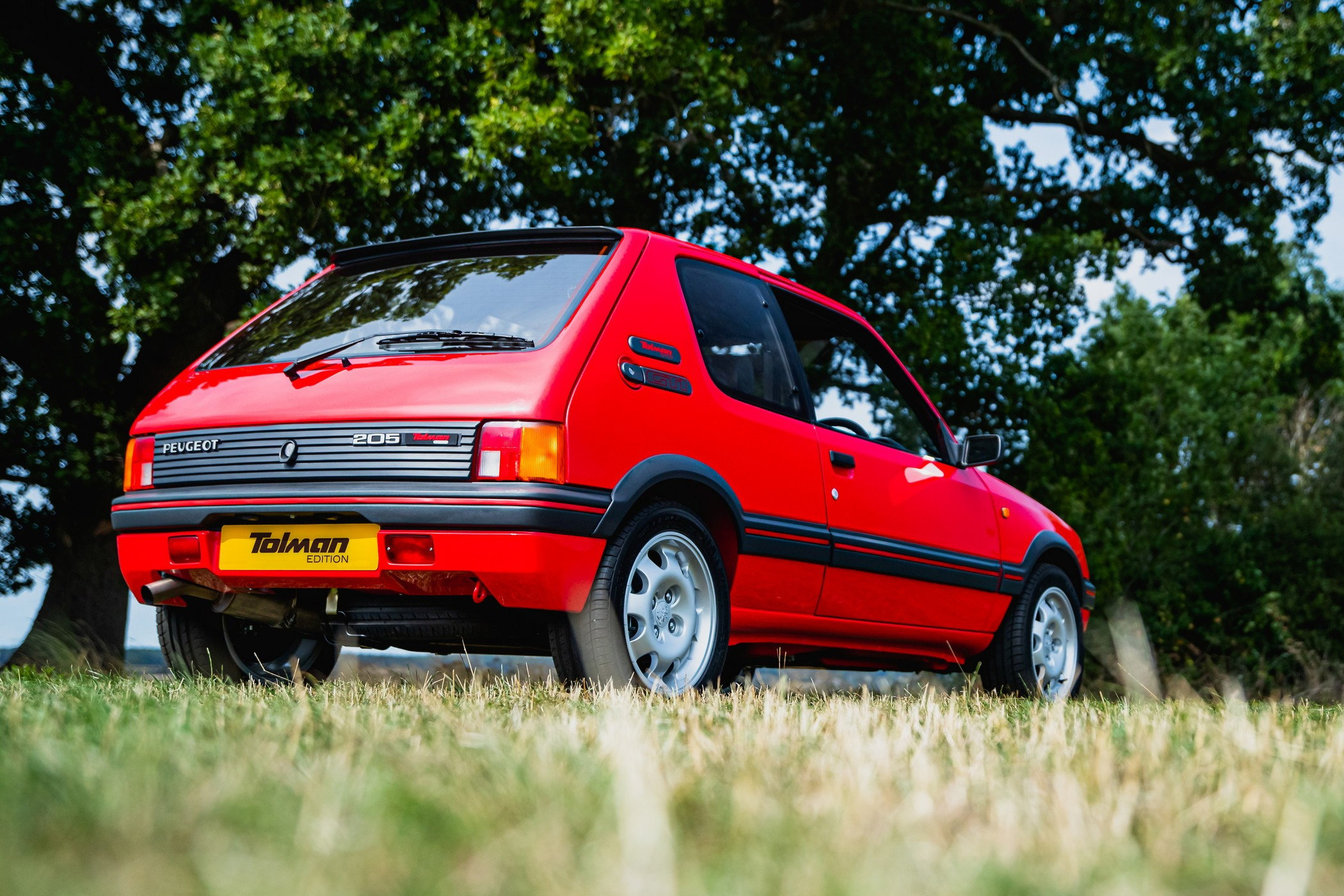

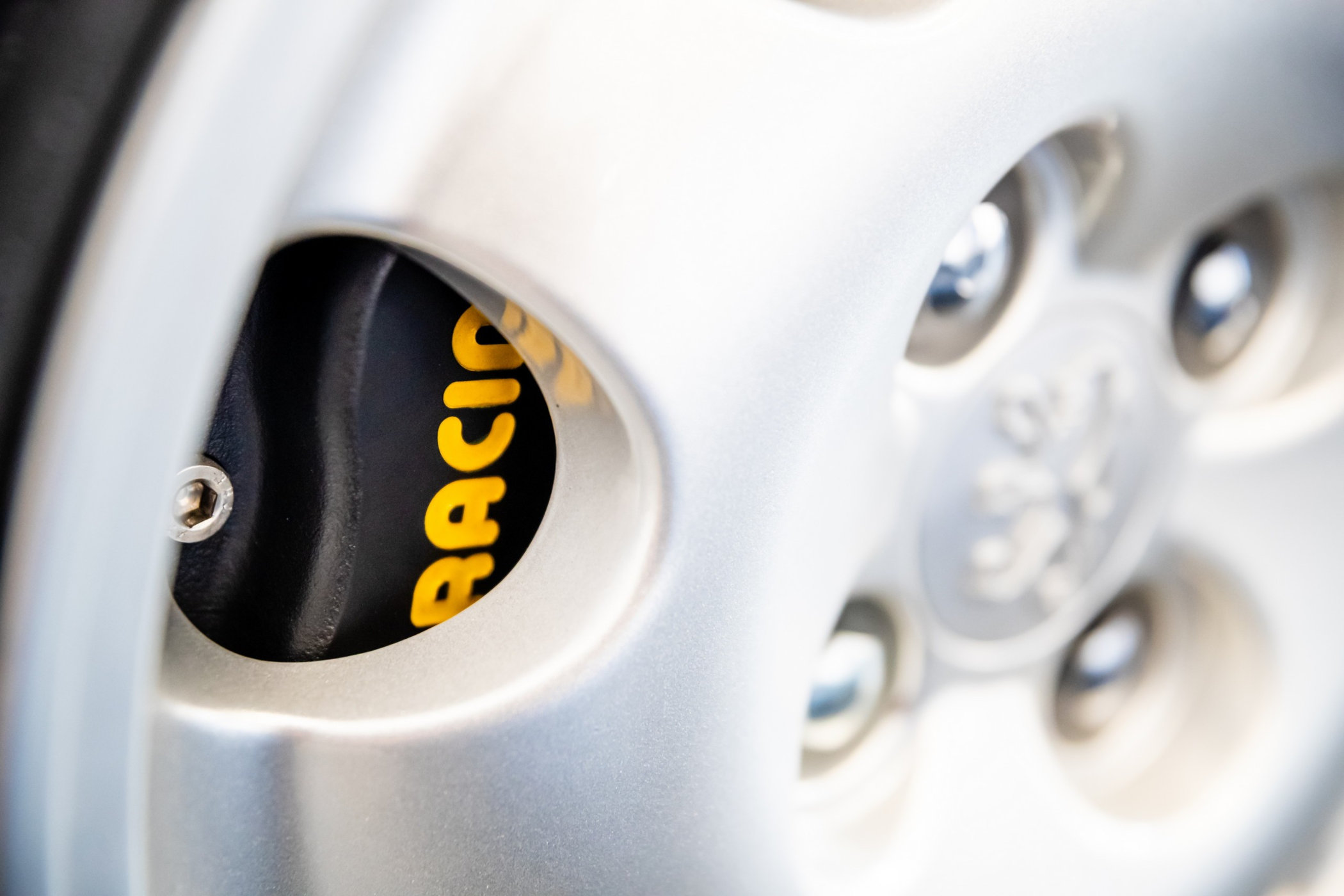
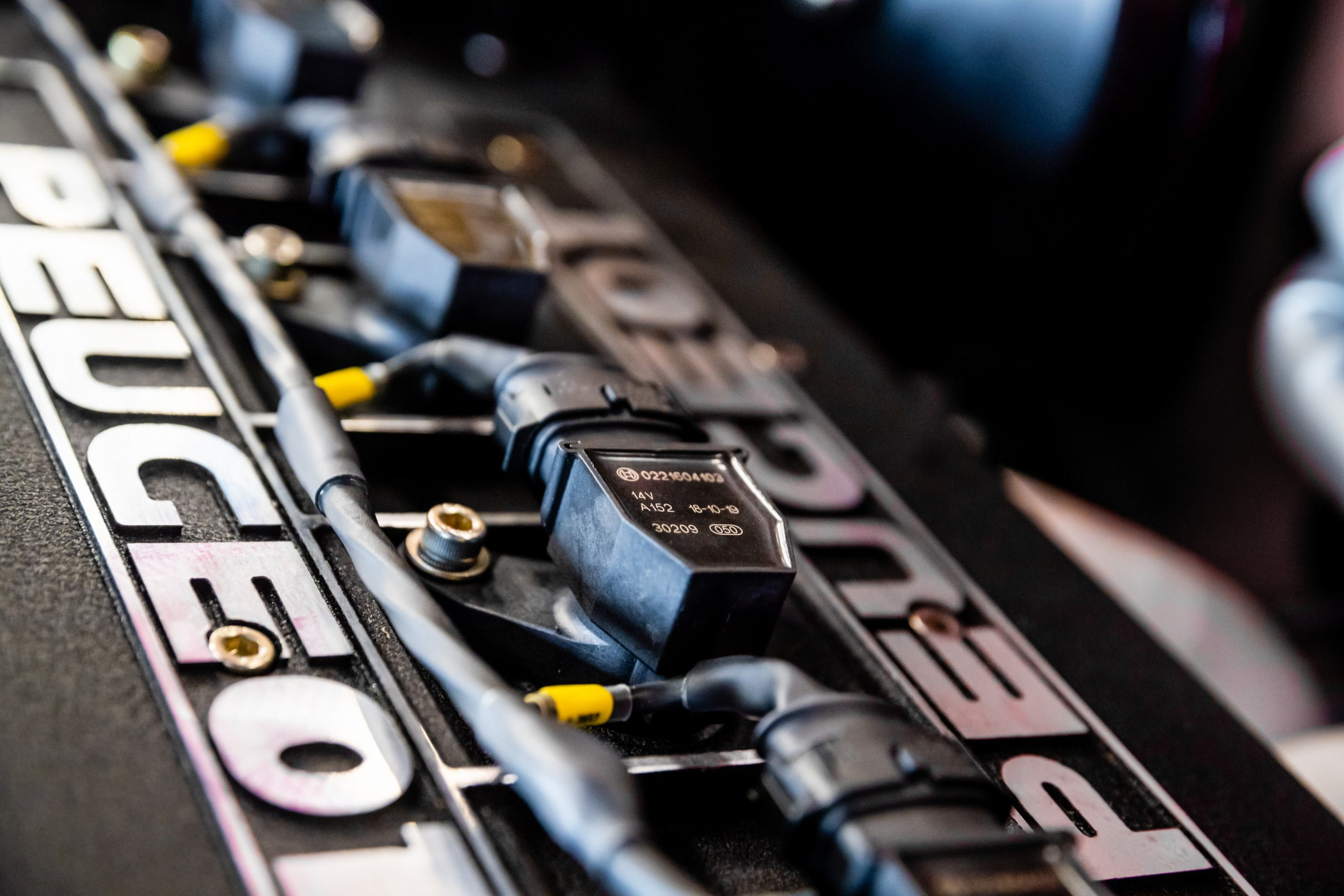
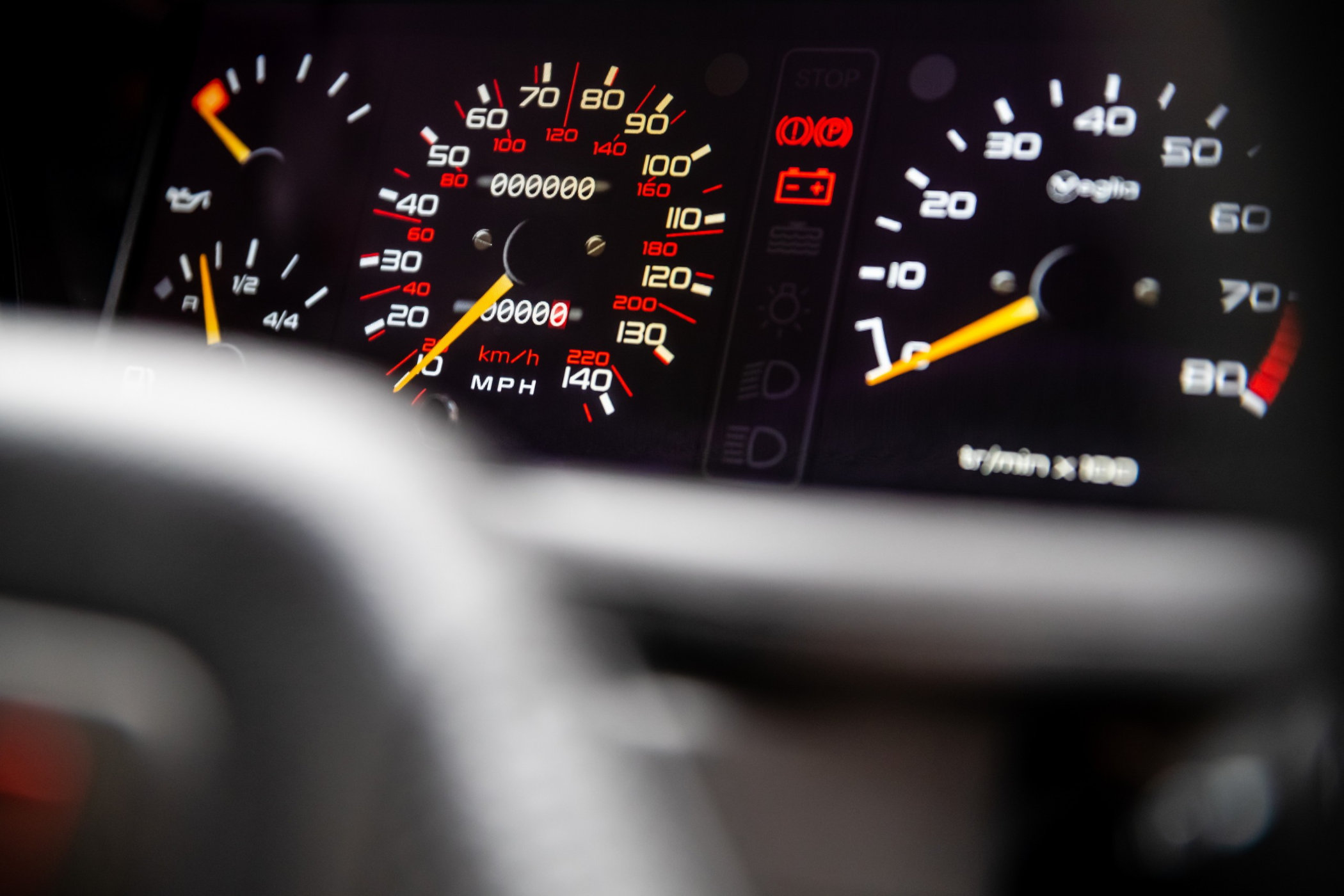




1 response
The 205 was a car of its time. We had one in our aptly named car pool. Great fun to drive, light and agile with superb visibilty. If It rained there would be a lot of water under the back seat that would slosh about.